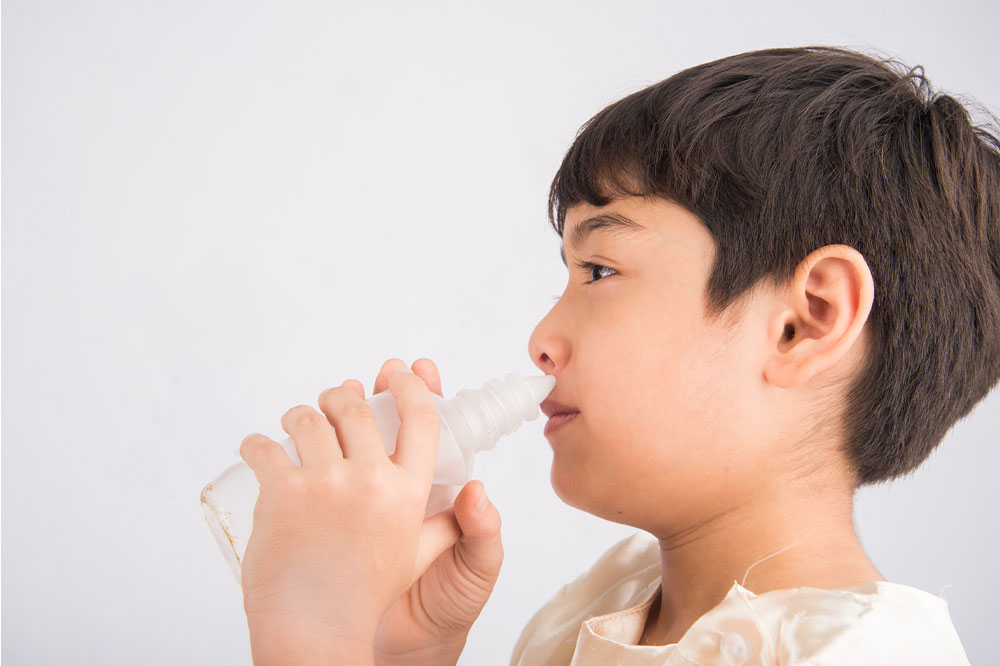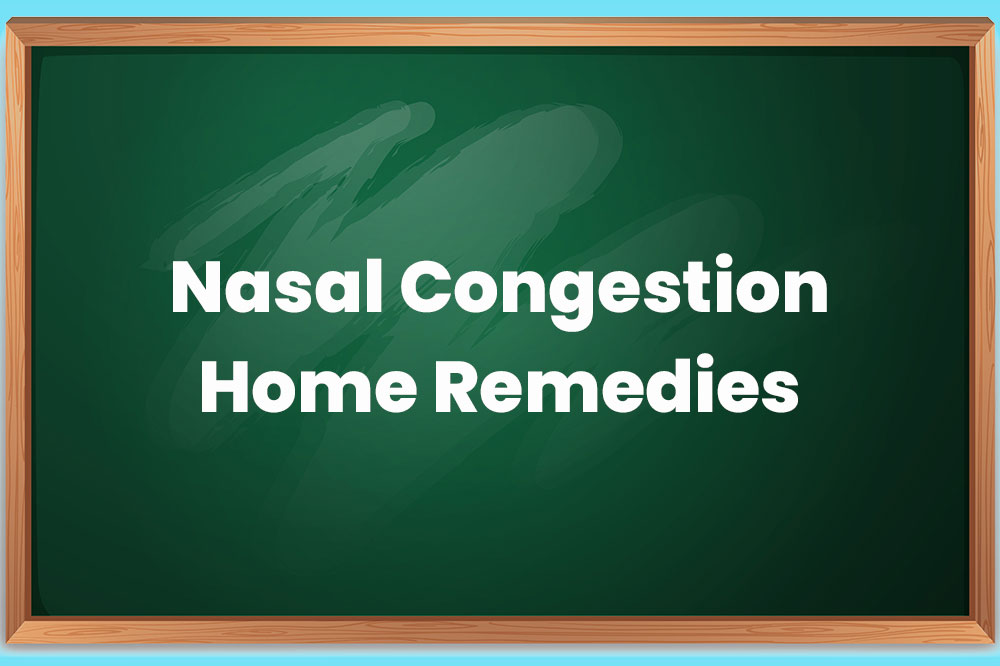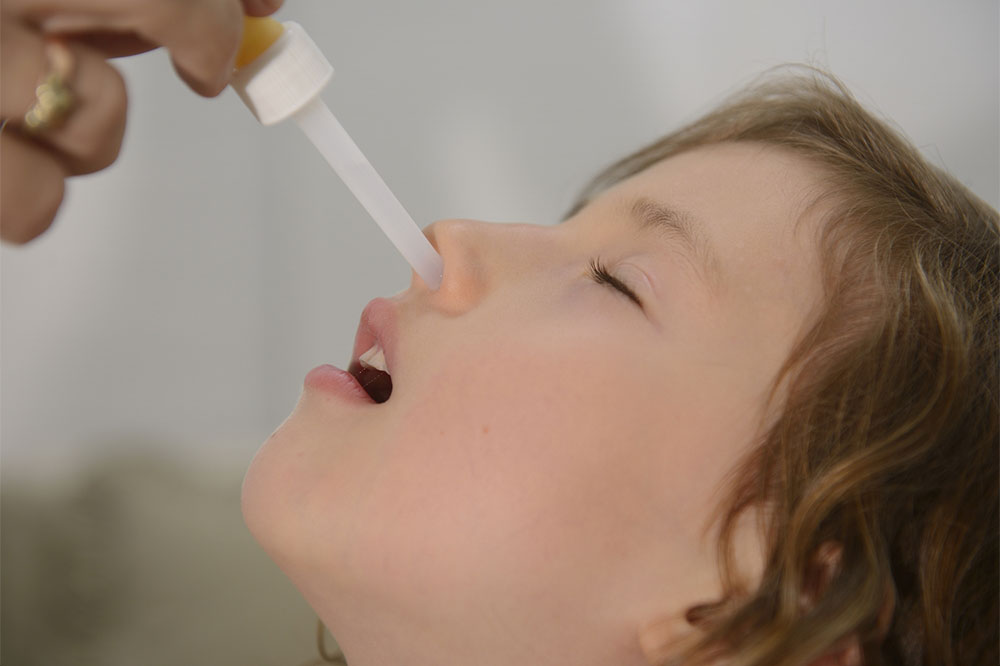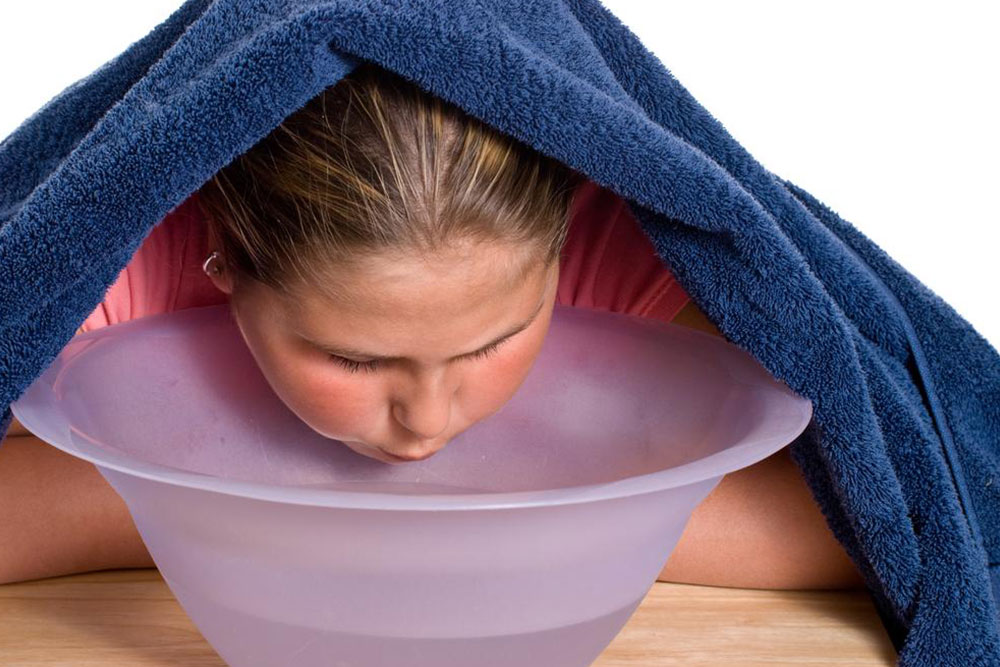Comprehensive Home Remedies to Relieve Nasal Congestion in Children
Learn comprehensive natural home remedies to relieve nasal congestion in children. From mucus clearance and steam inhalation to humidification and hydration tips, this guide offers safe, effective solutions for parents. Discover how to ease your child's breathing discomfort while supporting their immune health efficiently.

Comprehensive Home Remedies to Relieve Nasal Congestion in Children
Nasal congestion is a common issue among infants and young children, often caused by benign illnesses such as colds, flu, allergies, or irritants. These conditions result in swollen blood vessels inside the nasal passages and excess mucus production, leading to difficulty breathing and discomfort. While bacterial infections may require medical attention and antibiotics, most cases of nasal blockage can be managed effectively at home with simple, natural, and safe remedies. Proper care not only offers symptomatic relief but also helps strengthen the child's immune response to faster recovery.
Understanding Nasal Congestion in Children
Nasal congestion in children primarily occurs when the blood vessels in the nasal mucosa become inflamed or dilated, causing swelling. This often results from viral infections like the common cold or allergies triggered by pollen, dust, or pet dander. Excess mucus accumulates in the nasal passages, further blocking airflow and making breathing laborious. Signs of nasal congestion include sniffling, nasal rubbing, disturbed sleep, reduced appetite, and irritability. Recognizing the symptoms early allows parents to implement soothing remedies that can ease the child's discomfort.
One of the most effective initial steps is to gently clear the child's nasal passages. For infants and toddlers, this can be done using a nasal aspirator or bulb syringe designed specifically for sensitive young noses. Carefully inserting the tip into one nostril and gently creating suction can remove excess mucus, providing immediate relief and improving breathing and feeding. It's crucial to clean the device thoroughly after each use to prevent infection.
Steam Inhalation for Quick Relief
Steam inhalation remains one of the most comforting and effective home remedies for nasal congestion in children. The warm, moist air helps loosen thick mucus in the nasal passages, easing breathing difficulties. Parents can create a safe steaming environment by running a hot shower or filling a bowl with hot water, then allowing the child to inhale the steam (with supervision). A warm bath before bedtime can also serve as a soothing steam therapy. For added benefit, some parents place a humidifier in the child's room, particularly in dry climates or winter, to maintain optimal humidity levels that reduce nasal irritation.
Using a Humidifier Effectively
Humidifiers are invaluable in managing dry air environments, which can exacerbate nasal congestion and cause dryness and irritation of the nasal passages. Cool-mist humidifiers are favored because they add moisture without the risk of burns such as those associated with hot steam. To ensure safety and effectiveness, place the humidifier out of the child's reach, preferably on the floor or a high shelf, and clean it regularly to prevent mold or bacteria buildup. The right humidity level—typically between 40% and 60%—can significantly alleviate nasal discomfort and promote easier breathing.
In addition to humidification, natural dietary remedies can help alleviate symptoms. For instance, nourishing chicken soup possesses anti-inflammatory properties, helps reduce congestion, and keeps the child well-hydrated. Adequate fluid intake, including water, herbal teas, and electrolyte-rich drinks, helps thin mucus, making it easier to expel. Ensuring hydration also prevents dehydration that can occur due to fluid loss from increased mucus production.
Additional Tips for Comfort and Recovery
Apart from nasal clearing and humidification, other supportive measures include elevating the child's head during sleep—using an extra pillow or raising the head of the mattress—to facilitate mucus drainage and improve breathing. Warm compresses on the forehead and cheeks can help soothe sinus pressure. Over-the-counter pain relievers suitable for children, such as ibuprofen or acetaminophen, can reduce facial pain or headache associated with congestion, but it is essential to consult a pediatrician before administering any medication.
Maintaining hygiene and avoiding irritants are vital in preventing recurrent nasal congestion. Regularly cleaning bedding, toys, and living spaces reduces dust and allergen exposure. Encourage the child to wash hands frequently to minimize viral spread. If allergies are a trigger, reducing pets' exposure or using air purifiers may also alleviate symptoms.
In conclusion, managing nasal congestion at home can provide effective relief for children suffering from common cold or allergy symptoms. Employing methods such as mucus removal, steam inhalation, humidification, proper hydration, and supportive care creates a comfortable environment conducive to quick recovery. Always consult healthcare professionals if symptoms worsen or persist beyond a few days, especially in young children or infants, to rule out secondary infections or other underlying health issues.





